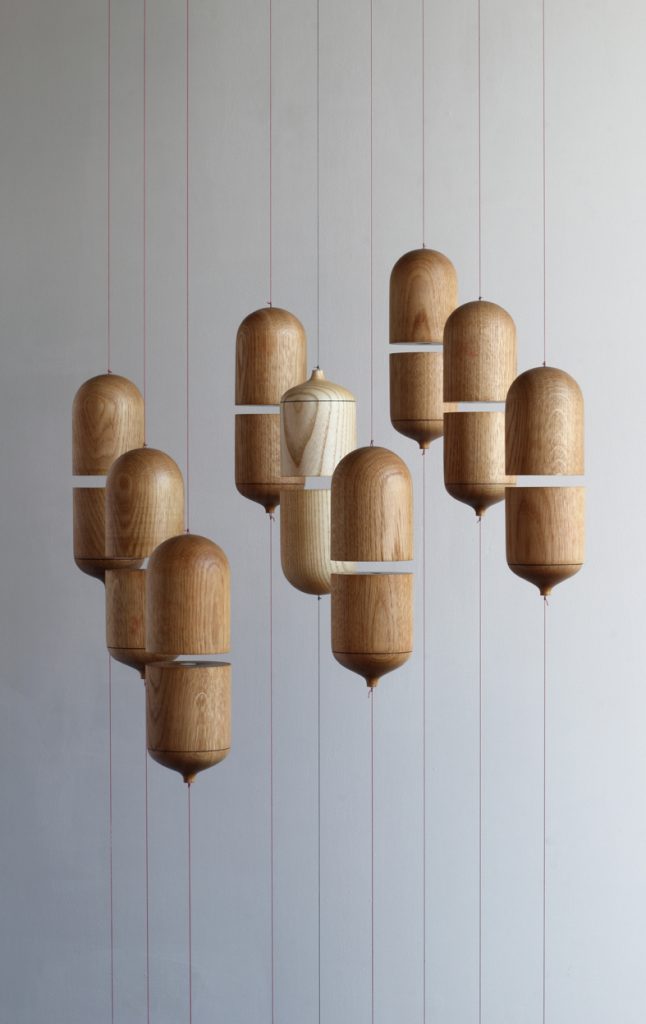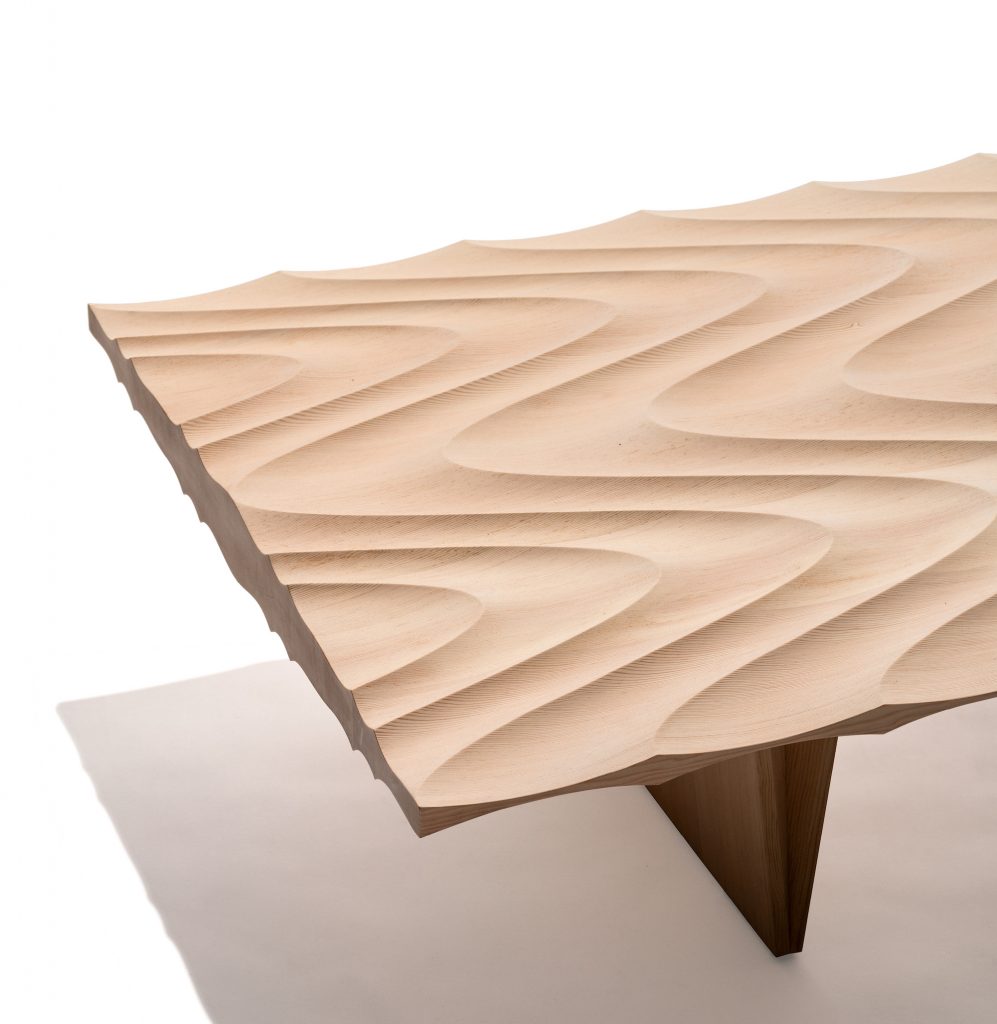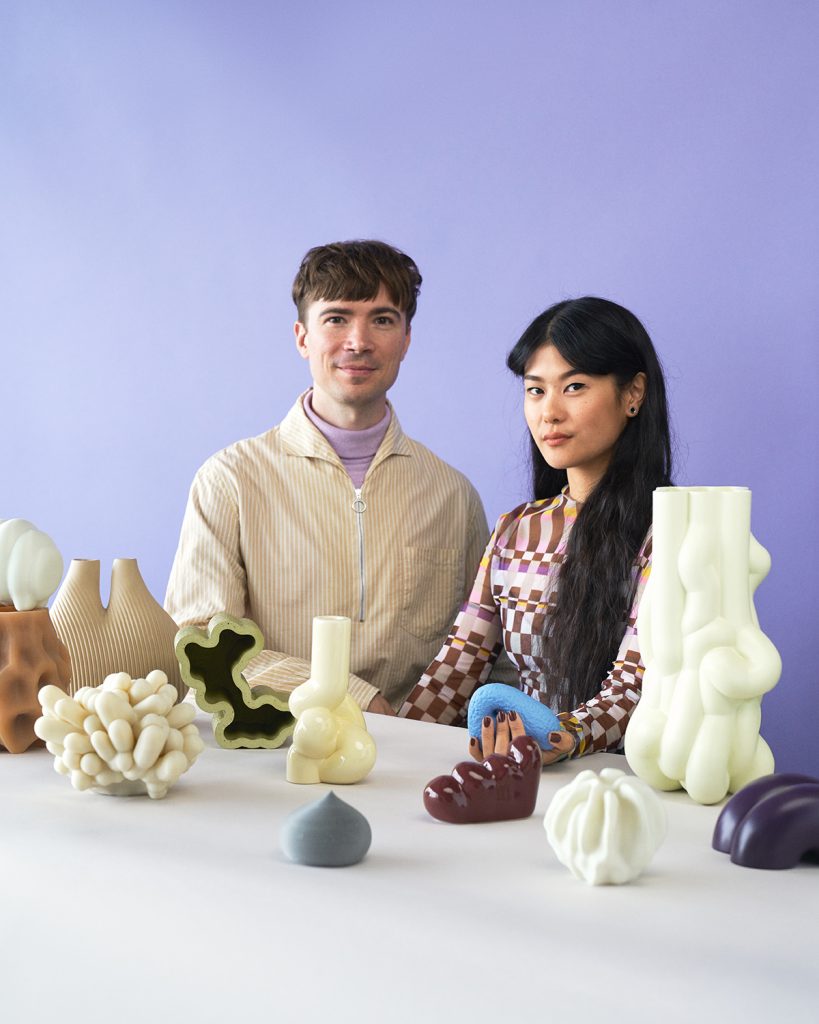Exploring the future of hemp textiles
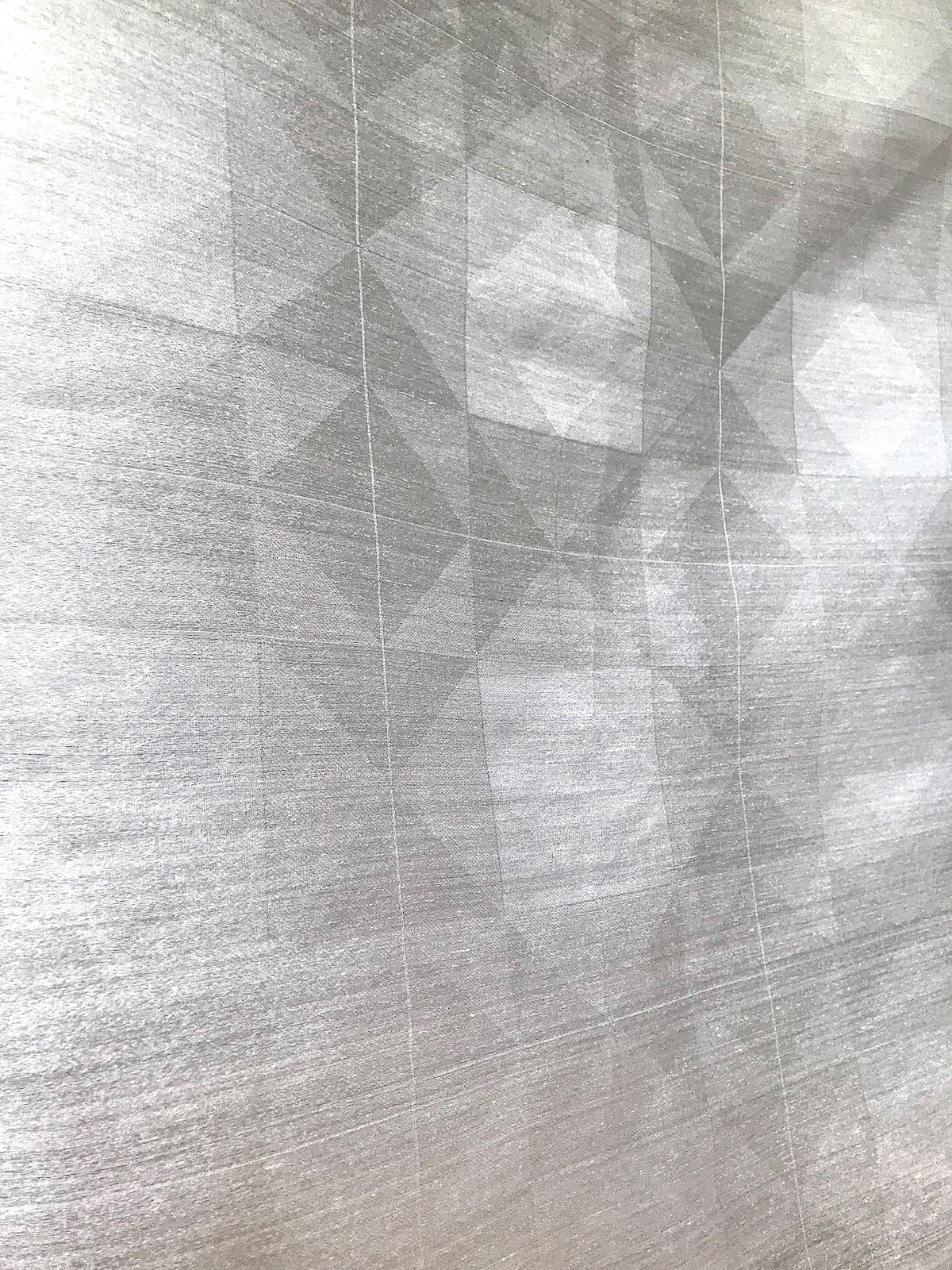
From her master’s thesis at the Royal Danish Academy of Design in Copenhagen, to collaborating with some of the world’s leading textile companies, the work of Danish textile designer Tanja Kirst is grounded in years of research. Shedding light on more sustainable practices in the textile industry is not just an obsession, it is her mission.
With the current global textile industry contributing one-fifth of the world’s industrial water pollution, Copenhagen based Tanja Kirst has spent the last years dedicating herself to offering but one solution to this problem. For Kirst, hemp fibre presented an obvious starting point for a viable industrial alternative to current textiles – with the ability to grow chemically free and with a high yield rate when grown within European climates. The issue at hand seemed more related to a poor reputation, as Kirst explains:
“I am of the impression that today many associate hemp textiles as a rough, matte and itchy quality. From an aesthetic point of view my intention is to create a textile quality made from hemp yarns that looks and feels more appealing and delicate.”
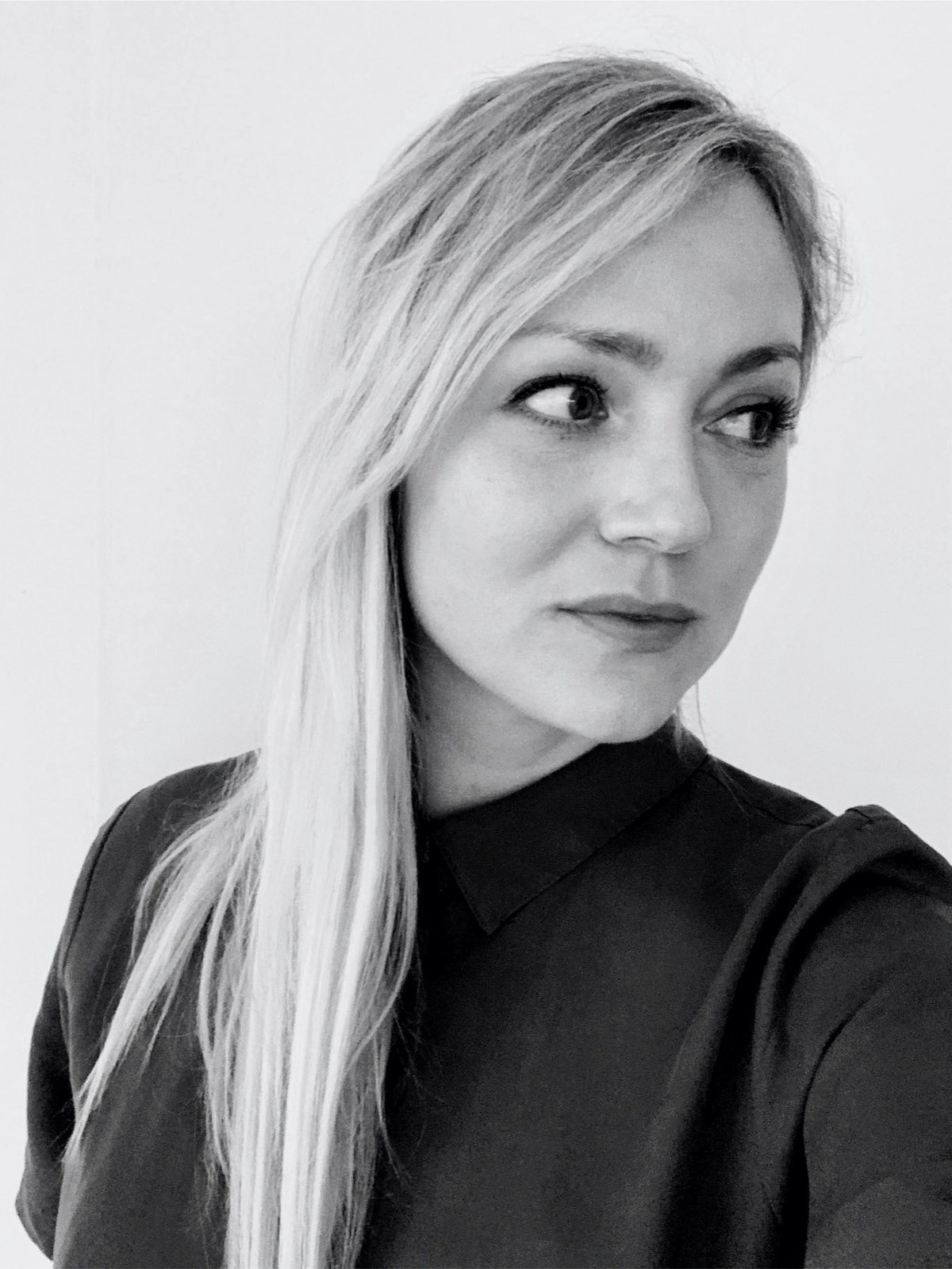
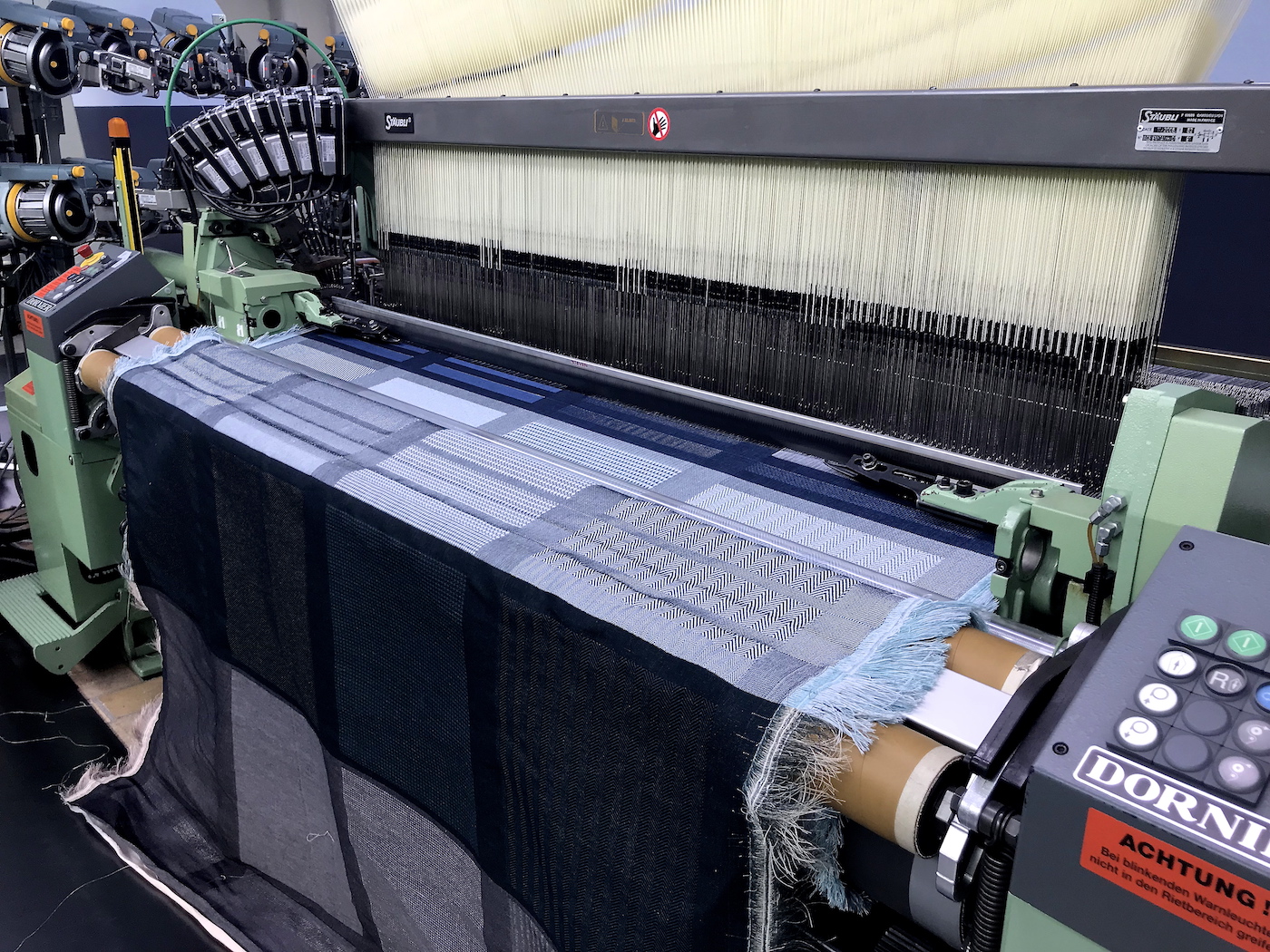
The work of Kirst manages to present this centuries old fibre in a new, contemporary light through an interplay of colour and transparency, alongside her myriad of experiments into the processing of hemp to create products that are softer and more approachable. The results are pieces that visually draw you in, whilst providing a sense of textural warmth. Kirst is not solely interested in creating ready-made products, but displaying a range of products for others to take on into an industrial scale. Her collection Hemp – Optical Weaving System displays just this, transferring hemp yarns into patterns of various transparencies through single weft colour weavings.
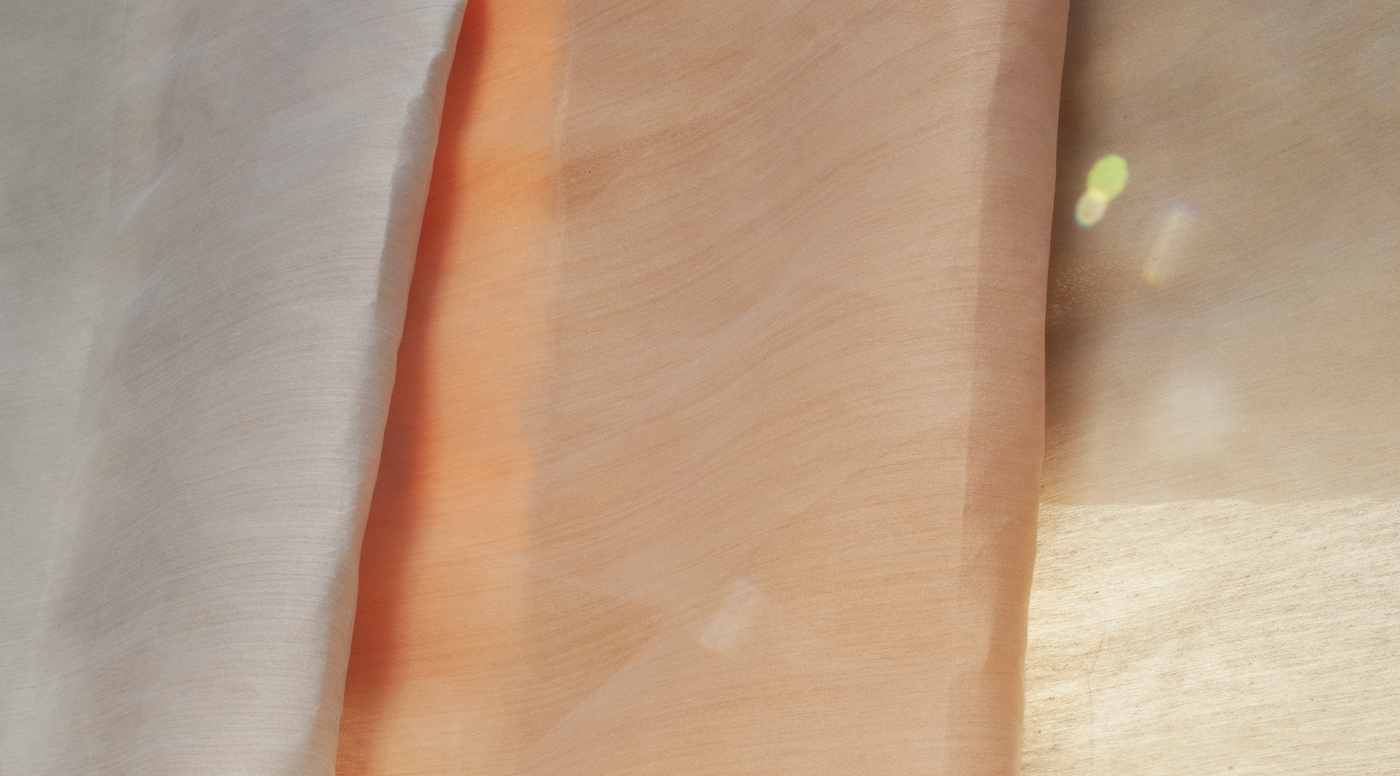
“I’m very interested in the relation of perception of light and textiles. I’ve developed more than 100 hemp swatches exploring this, where I have experimented with transparency, density, thickness, strength and different weaving techniques in order to tell a new story about how hemp can look and feel.”
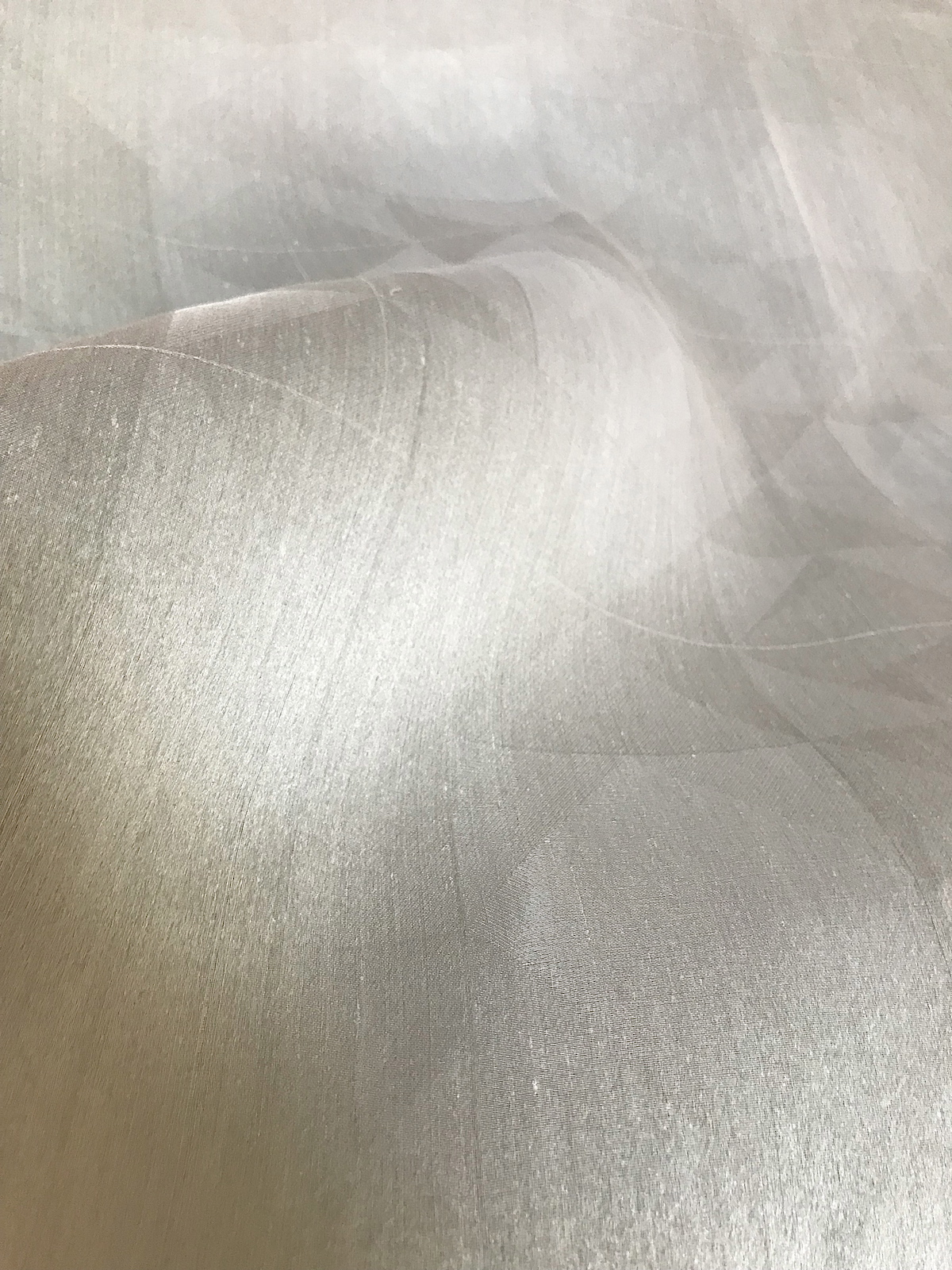
While these examples are often delicate in tone and appearance, her Friction In Between collection as part of The Mindcraft Project 2020 presented a more bold visual approach to those same hemp fibres. Kirst developed a thicker, stronger material by spinning up to five yarns together, before colouring with the use of bio-dyes to complete a collection featuring strong yet soothing combinations of coloured stripes and lines.
While presenting new hemp techniques as part of a more conceptual exhibition creates much needed attention for Kirst’s material explorations, her goal has always been to see her techniques reach a commercial audience and begin to shift the production processes of industry. Her upcoming collaboration with Danish company Massimo will highlight just this – a rug collection produced from 100% environmentally certified hemp grown and produced in Italy. It is one small but important step towards hemp being more widely utilised for its environments credentials, but also the textural and aesthetic qualities it provides. While it may take time yet, we are sure to see Kirst at the forefront of this sustainable shift within the textile industry.
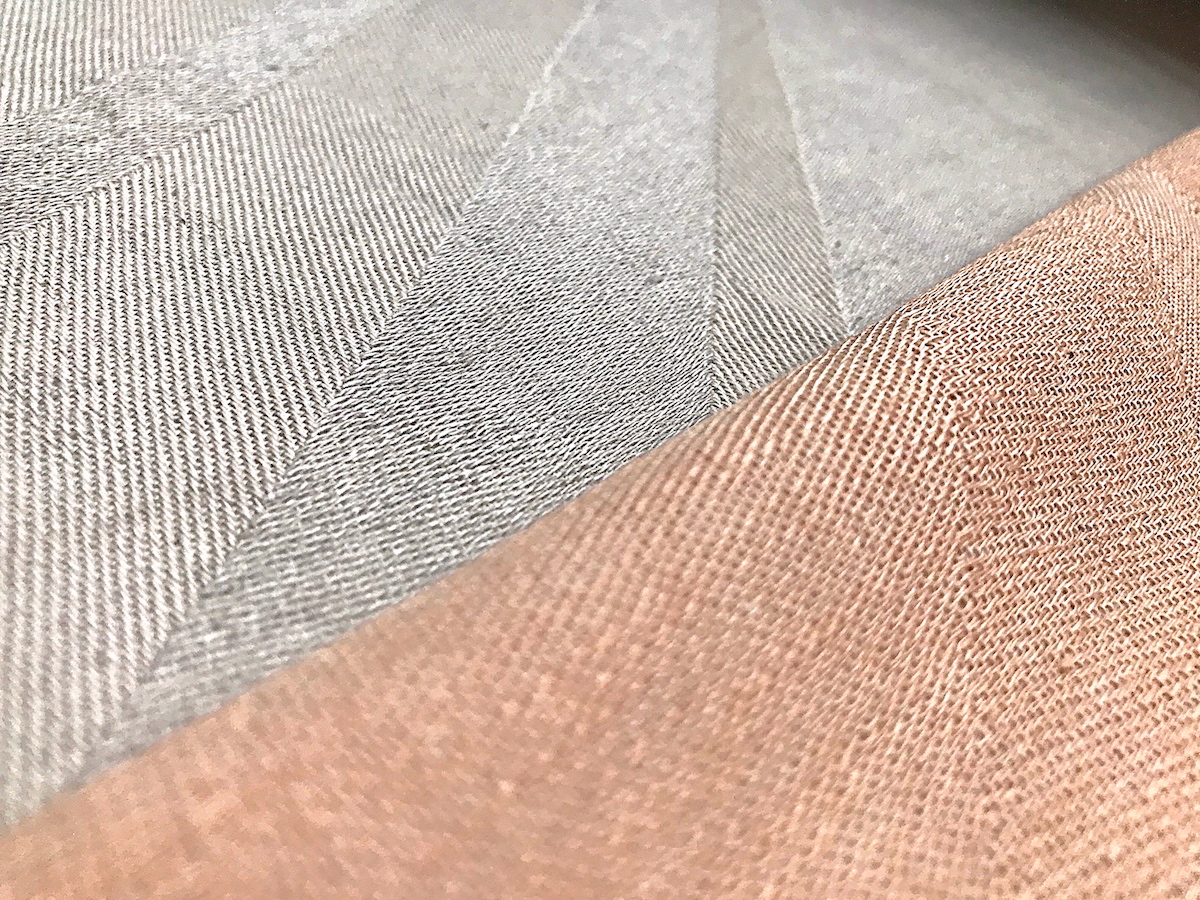
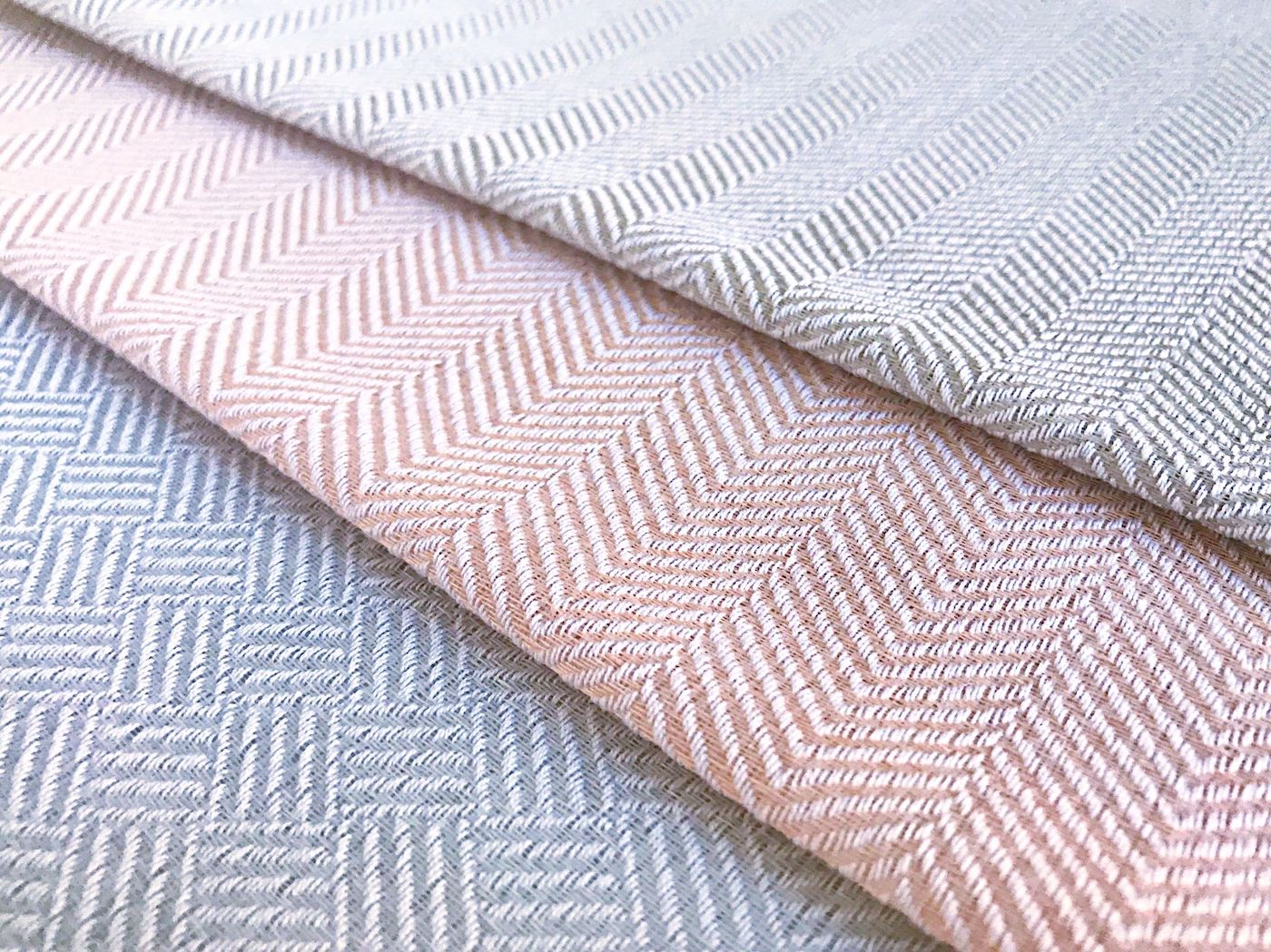
All photos courtesy of Tanja Kirst.

